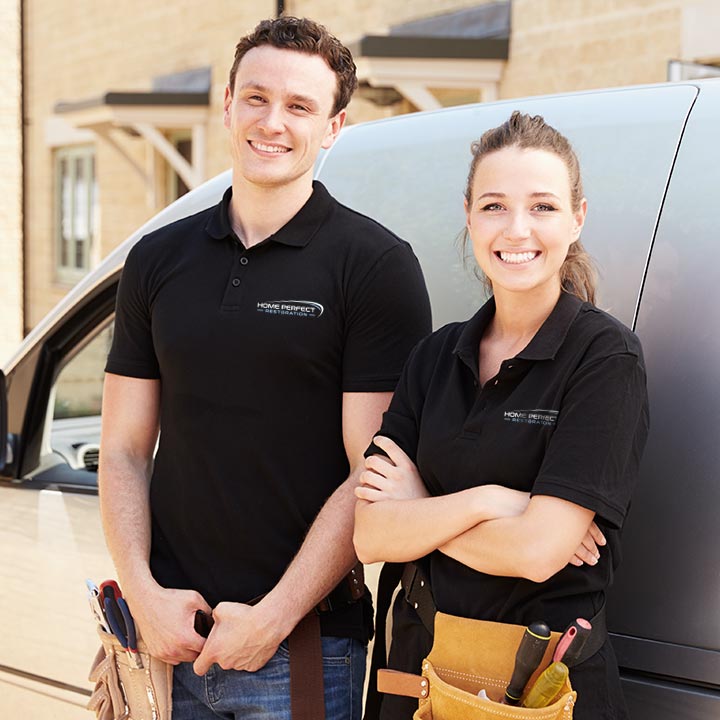Over the past few years, marijuana legalization and its acceptance for both medicinal and recreational purposes have witnessed significant progress. However, cultivating marijuana inside a residence is far from being the safest approach to obtaining the plant. For those considering real estate purchases, whether for personal use or investment, understanding the potential hazards associated with former grow houses is crucial.
The elevated levels of humidity commonly employed in marijuana grow houses create an ideal environment for mold growth. Mold reproduces through spores, and exposure to these spores can be toxic when inhaled. Symptoms of exposure can vary from headaches to allergic reactions, posing a particular threat to individuals with asthma. In severe cases, mold exposure has led to more significant health issues and, albeit rarely, even fatalities.
This isn’t to say that purchasing a former grow house is an absolute no-go. It’s about recognizing the property’s history and taking appropriate steps to mitigate potential mold risks. When inspecting properties, keep an eye out for these telltale signs indicating the property’s previous use as a grow house:
- Brown stains in the roof soffits or sudden installations of new soffits.
- Stains on basement floors caused by grow pots being in one spot for extended periods.
- Ductwork that appears irregular due to alterations.
- Circular holes in floor joists.
- Modified electrical wiring.
- Breaches in concrete walls or the foundation to accommodate wiring around the hydro meter.
- Warped or rotted wood structures.
- Unusual plumbing for water supplies and drains.
- Replacements in parts of the brick exterior.
The presence of one or two of these signs may not definitively confirm the home’s prior use for growing marijuana. However, if you observe a recurring pattern of many of these indicators, it is prudent to suspect the existence of hazardous mold. In such cases, contacting us to conduct mold tests is essential. We can guide you on the appropriate steps to remediate the issue and ensure a safe living environment. Your health and safety are paramount, and being informed about the potential risks of former grow houses is a vital step in making sound real estate decisions.








